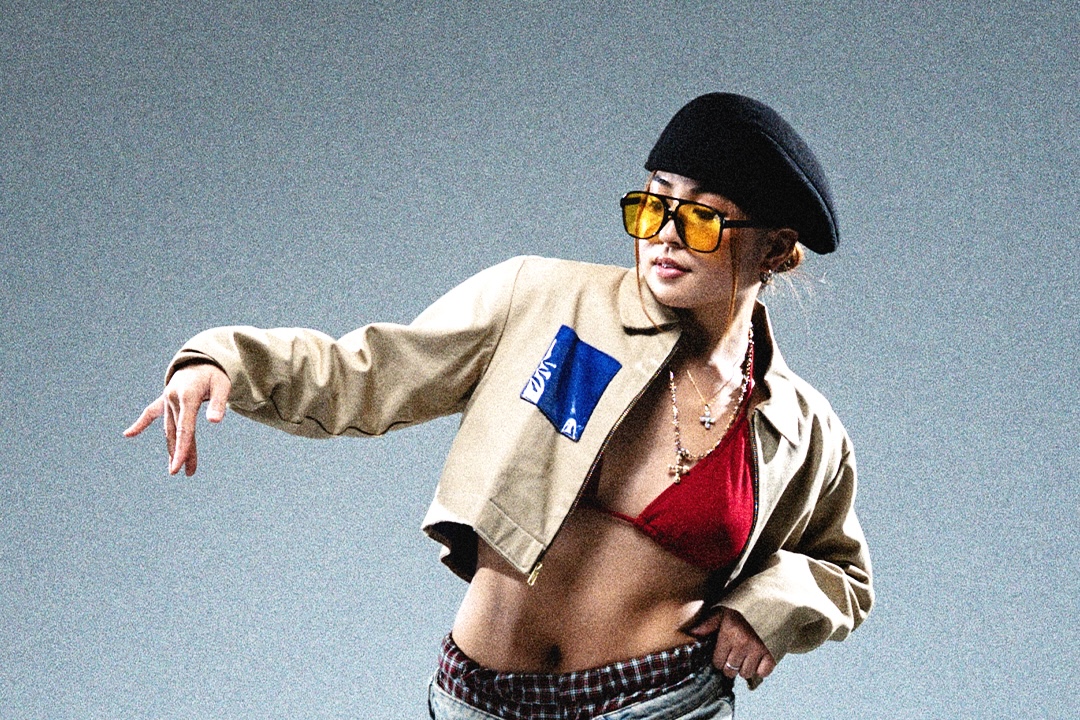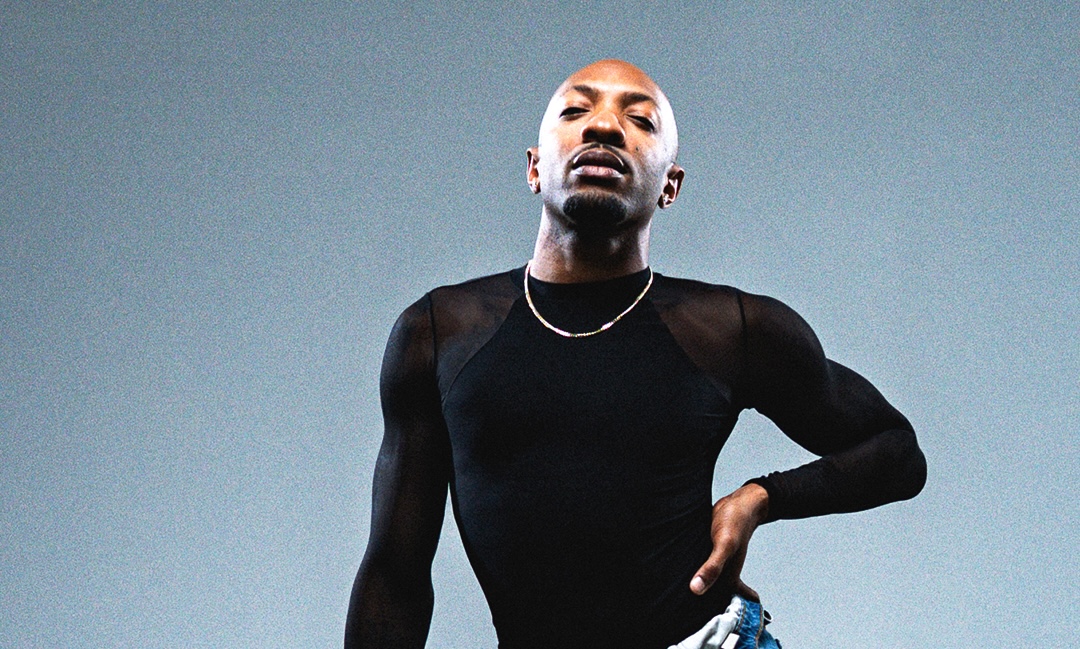Are you interested in exploring the world of dance? Whether you're a beginner or have some experience, there are so many dance styles out there waiting for you to discover. In this blog post, we will introduce you to 13 popular dance styles, their origins, and provide insights on how to get started. From Lite Feet to Ballet, Robot to Krump, there's something for everyone. So let's dive in and unleash your inner dancer!
Lite Feet:
Originating in Harlem, New York, Lite Feet is a subset of hip hop dance performed to Lite Feet music. It emerged around 2004-2005 and gained popularity through performances during the summer league at various courts in Harlem. Lite Feet's foundations include the Harlem Shake, the Bad One, Tone Wop, Rev Up, Tic Tac Toe, Lock In, Ankle Breaks, Hat Tricks, and Shoe Tricks. To learn this energetic style, check out STEEZY Studios' Lite Feet program.
Shuffling:
Born in Melbourne, Australia, in the early 1990s, Shuffling found its roots in the underground EDM and rave scene. The Running Man is the foundation of Shuffling, with the goal of staying close to the ground and creating a gliding effect. Other essential moves include the Charleston, Kicks, and incorporating arm movements from Tecktonik or personal flair. Remember to stay on beat and check out tutorials to master this style.
Breaking:
Breaking, or B-Boying, originated in the Bronx, New York, during the disco era of the 1970s. It served as both a party dance and a battle dance, allowing individuals to showcase their skills and represent their neighborhoods or crews. Breaking encompasses Top Rock, Go Downs, Footwork, Freezes, Power Moves, and Burns. Each element has specific techniques and variations that contribute to this dynamic dance style.
Robot:
With origins in the 1920s and popularized by mimes, Robot dance gained mainstream recognition when Michael Jackson performed it on the television show Soul Train in the late '60s. Dimestop is the core foundation of Robot, which requires dancers to stop suddenly while maintaining a robotic character. Other techniques like Stop Motion, Strobing, and Speed Control enhance the robotic illusion. Let your movements be as unreal and precise as a robot.
Krump:
Krump, a raw and expressive dance style, originated in South Central Los Angeles in the early 2000s. It evolved from another dance style called clowning and incorporates elements of C-Walking. Krump consists of both old school and new school moves, including variations like the Whoa, Bang, Whip, Hop, Stomp, Chest Pop, and many more. As you embrace the character of your chosen name, make sure to display your Krump personality.
Dancehall:
Dancehall is deeply rooted in Jamaican culture, originating in the 1970s and gaining popularity in the '90s. With its infectious music, Dancehall has become a lifestyle and a way to celebrate. Mastering Dancehall starts with body posture, emphasizing soft knees, relaxed shoulders, and a forward waistline. A few foundational moves include winds, jukes, rocks, and various social dances like Thunder Clap and Good Chemistry. Let your body engage fully to catch the vibe of Dancehall.
Bhangra:
Bhangra, a folk dance from the state of Punjab in India, dates back centuries and was originally performed during the harvest season. This high-energy dance style comprises posture, footwork, and hand movements. Bhangra's basic body posture includes up and down shoulder movements, while footwork involves steps like Bedi, Dhamaal, and Punjab. Hand movements range from L shapes to closed index finger and thumb gestures. Remember to incorporate Nakhra, a cheeky and emotive facial expression, while dancing Bhangra.
Ballet:
Ballet, a classical dance form, emerged in Italy during the Renaissance era. Known for its elegance and precision, ballet requires a strong foundation in techniques such as Plié, Relevé, Tendu, Turns, and Jumps. Body posture, footwork, and arm movements play crucial roles in expressing grace and conveying emotion through variations. Ballet trains dancers in spatial awareness and body control, focusing on details from head to toe. Discover the beauty of ballet through comprehensive training programs.
Waving:
Waving is a dance style that originated in the late '60s as a transitional movement in popping. It focuses on emulating the flow of water and is characterized by smooth and continuous waves. Arm waves and tidal waves serve as the core techniques, but there are endless variations and branches to explore within waving. From hand waves to isolated waves, engage your entire body to create captivating fluidity.
Vogue:
Vogue emerged in the 1980s within the ballroom scene, providing a platform for LGBTQ+ Black and Latinx individuals to express themselves. This stylized dance includes three subsets: New Way, Old Way, and Vogue Femme. Each subset carries unique techniques and movements. From posing and lines to spins and floor performance, vogue allows you to create powerful visual narratives. Embrace your confidence and project as if there's an audience watching.
Afro Dance (Amapiano):
Amapiano, a music genre combining various influences, has given birth to popular South African dances. These energetic dances include Kwasa Kwasa, Sikalekeke, Pouncing Cat, Dakiwe, and Guara Guara. Many moves draw inspiration from Kwaito, Gqom, and Pantsula culture. By sinking into the beats and embracing the rhythmic syncopation, you can explore the vibrant world of South African dance and celebration.
Whacking:
Created by young gay men in Los Angeles in the '70s, whacking provides a form of escape and expression. It originated as a transition dance in the punking style. Whacking incorporates techniques like posing, whacking, rolls, and overheads. By using your body to strike powerful and precise movements, you can embody the energetic and dramatic spirit of whacking.
Locking:
Locking, created by Don "Campbellock" Campbell, emerged in 1970 in Los Angeles. The dance style began with a misinterpretation of the Robot Shuffle, leading Don to create the iconic lock movement. Locking focuses on continuous locks, freezes, giving yourself and the floor "five," and maintaining a sense of rhythm. By blending precision with funky movements, locking invites dancers to celebrate and express their vibrant personalities.
With this introduction to 13 dance styles, you have a glimpse into the rich and diverse world of dance. From the energetic moves of Lite Feet to the classical grace of Ballet, each style offers a unique experience and expression. Whether you're a beginner or a seasoned dancer, take the opportunity to explore and immerse yourself in the dance styles that resonate with you. With dedication, practice, and the right resources, you can unlock your potential and embark on an incredible dance journey. So, put on your dancing shoes and let your passion guide your every move!










